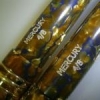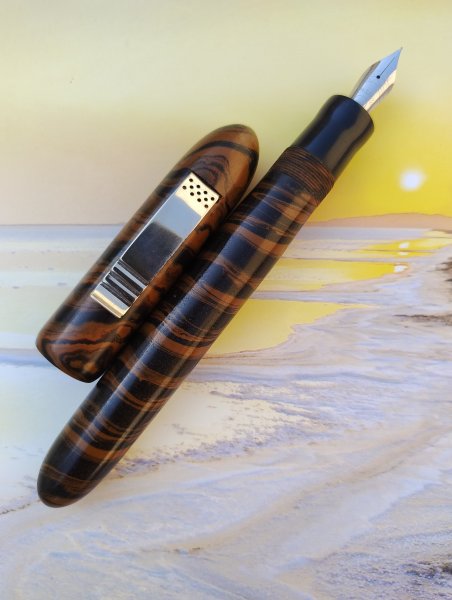Death Of An Omas
-
Forum Statistics
355.2k
Total Topics4.6m
Total Posts -
Member Statistics
128,256
Total Members18,857
Most OnlineNewest Member
malarfno
Joined -
Images
-
Albums
-
Extra Fine Nib Ink Reviews (19 of n)
- By LizEF,
- 0
- 101
- 97
-
Pen Pics 3
- By K Singh,
- 0
- 0
- 27
-
Blue Pen club
- By Penguincollector,
- 1
- 0
- 22
-
Nethermark Osmia
- By Nethermark,
- 0
- 0
- 38
-
USG 8
- By USG,
- 0
- 0
- 83
-


















.thumb.jpg.f07fa8de82f3c2bce9737ae64fbca314.jpg)



.thumb.jpg.331e554113c33fb39d5bf3233878978a.jpg)





Recommended Posts
Create an account or sign in to comment
You need to be a member in order to leave a comment
Create an account
Sign up for a new account in our community. It's easy!
Register a new accountSign in
Already have an account? Sign in here.
Sign In Now